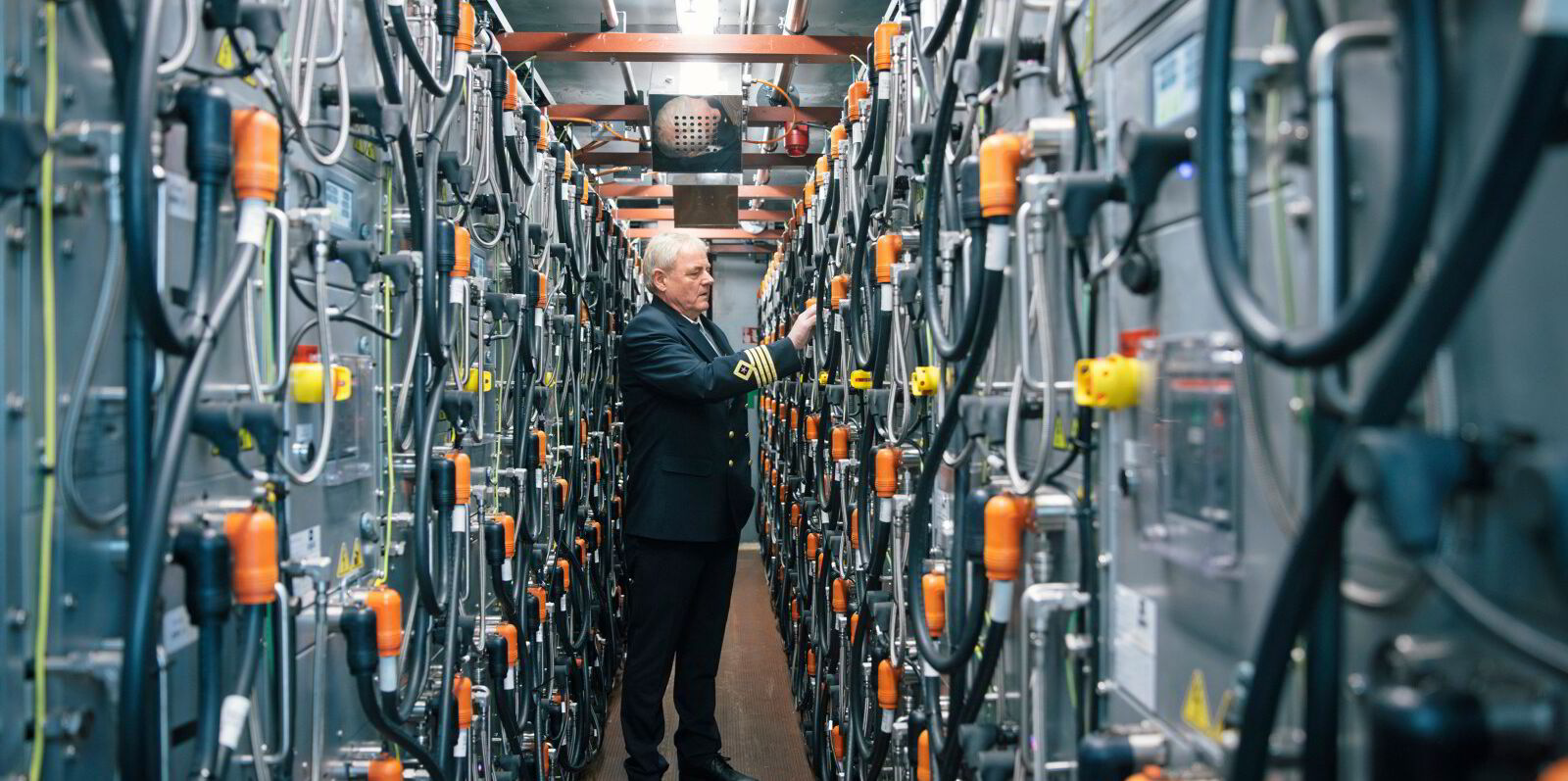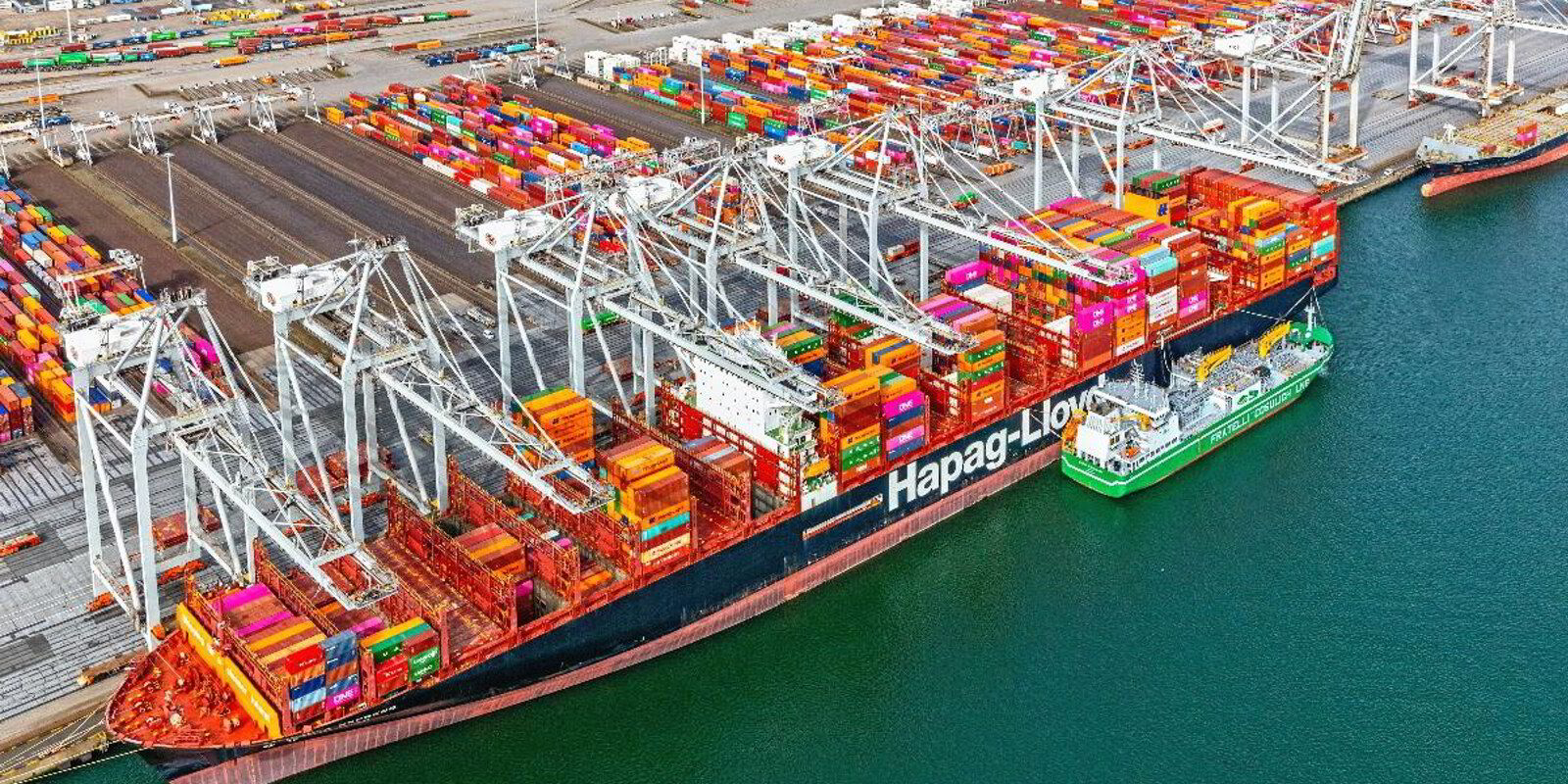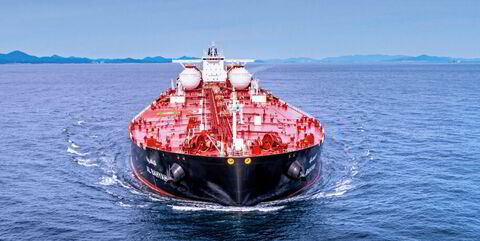Shipowners and managers must strive to adopt realistic environmental technology solutions for their vessels and how they are operated.
However, we often see the world working in ways that deliver green technology and operating solutions that fail to capture the whole picture.
The International Maritime Organization and its committees normally manage and ratify the consideration, approval and enactment of regulations, so it often takes a while before we can see altered behaviour among players in the industry, customers and suppliers.
Lifecycle analysis must underpin any efforts to sail more efficiently and reduce emissions. However, in my experience, lifecycle analysis is often lacking when solutions are considered.
We have seen this in multiple cases in Norway, where ferries were electrified and electric shuttles for containers were built without an adequate understanding of the total energy and resource costs.

Would conversions be less energy and resource-demanding than letting the vessel sail without alterations or with fewer modifications over its life? We never had the whole picture because the calculations were not made.
I publicly commented on one of these in 2020, prompting the customer and the fund supplying the financial support — Enova — to disapprove of my “interference”.
Because of their size, larger ships cannot adopt the battery solutions used by cars and smaller devices. The physical constraints of batteries today, and the lack of breakthrough technology, hinder this approach.
I suggest we pay more attention to practical solutions that can be delivered with the technology and procedures we have available today.
These include just-in-time voyages, annual hull and propeller cleaning, multi-fuel solutions dependent on whether you are in port or open sea, and improved hull and propulsion design.
We can also adopt Norway’s NOx Fund idea and apply it to similar issues, meaning using tax income to support the installation of mature technology on vessels.
All these proposals are known and understood by shipowners.
I applaud chemical tanker owner Odfjell and its board led by Laurence Odfjell for their ideas and vision in improving performance, where the key words are energy efficiency.
At the end of a ship’s life, a mandatory disposal plan must be made before scrapping, including a log of hazardous waste on board. This information must be reported to the flag state as a live document.
Ship recycling yards in Europe and Asia have the potential for much improvement in their health and safety records. The situation today appears far from satisfactory.
In the environmental group Norges Miljovernforbund, we have proposed a fund to help shipowners find the best solution for dismantling their vessels, with subsidies to use higher-quality and more expensive yards by compensating for the financial cost.
Jan-Hugo Holten is head of shipping at Norwegian environmental NGO Norges Miljovernforbund and a former adviser to Aker Solutions and AF Group




